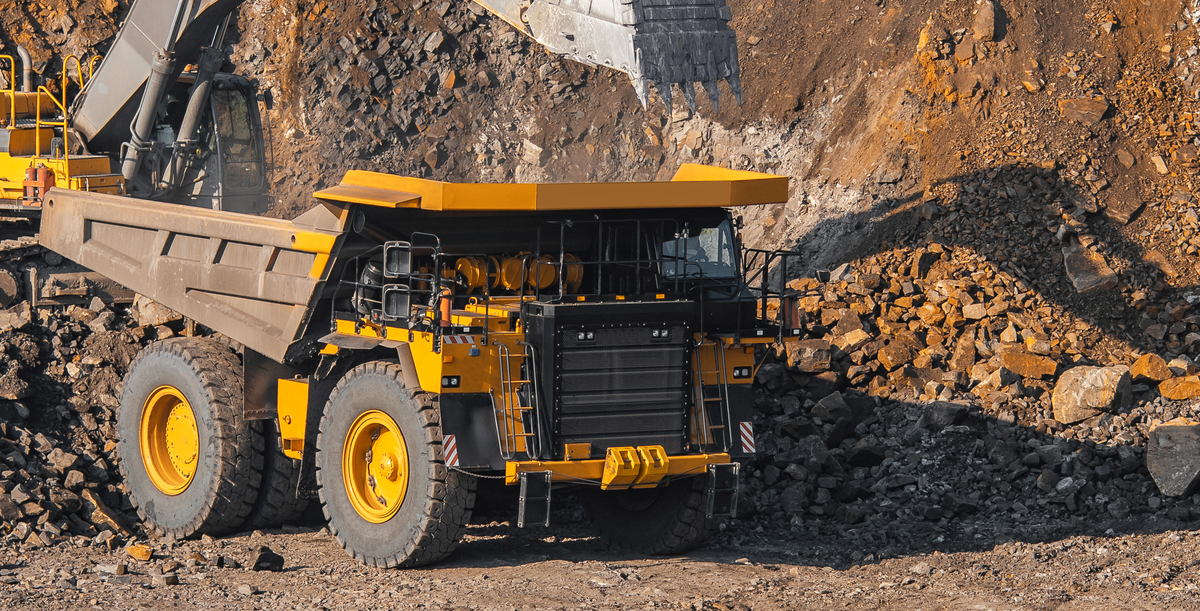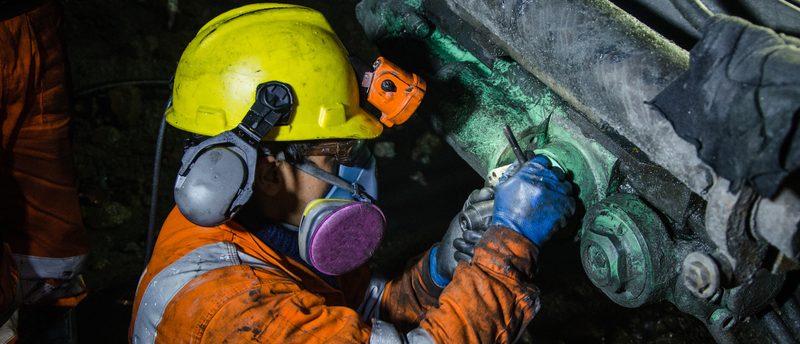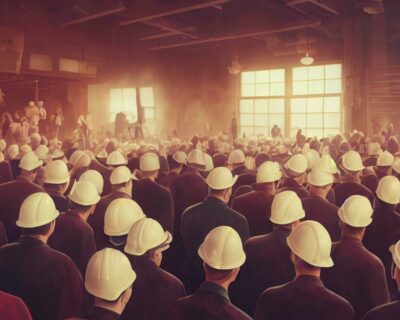
5 Risks to Workers in Industrial Mining
The average American uses 41,000 pounds of mined material every year. Although the mining industry has improved its health and safety programs over the last century, it still saw more than 5,000 injuries and 28 deaths in 2018, according the National Mining Association. Workers need to be knowledgeable about the risks involved in mining so they understand the importance of mining safety precautions.
Here are 5 risks in industrial mining:
- Lung Damage
If proper protective gear is not used correctly, particulates and dust particles can enter a mine worker’s lungs, causing major health issues down the road. Pneumoconioses, or dusty lung, causes impairment, disability, and even premature death.
Pneumoconisis is a common illness among mine workers, and the two main types are black lung and silicosis. The CDC reported that the number of black lung cases hit an all-time low in the late 1990s, but cases among tenured mine workers has been slowly increasing since then.
- Hearing Damage
According to the CDC, 76% of mine workers are exposed to hazardous noise, which is the highest percentage of all major industries in the U.S. The mining environment is full of noise and vibration from load tools, fans, blasting, and transportation.
High levels of noise or long-term noise exposure causes loss of concentration and efficiency, and it leads to hearing problems in one out of every four mine workers.

- Stress and Fatigue
Mine workers commonly work long hours at physically and mentally demanding tasks, which can cause stress and fatigue. This may not sound as serious as the other risks, but the impact of stress and fatigue can be devastating.
One study found that incidents occurring during long hours are more likely to result in death or incidents that involve multiple workers. In addition, an observational study in the U.S. found that 13% of work injuries were attributed to sleep problems.
- Radioactive Materials
Radon, or radioactive gas, is actually all around us. It is colorless and odorless, a natural byproduct of the radioactive decay of uranium in the earth. The national average of radon levels found outside is 0.4 mC/L, but radon levels can be much higher in work sites that are confined or poorly ventilated.
Radon is the leading cause of lung cancer among non-smokers in the U.S., and it is the second-leading cause overall according to the EPA. Other diseases caused by radon exposure include idiopathic pulmonary fibrosis, renal disease, and other types of cancer.
- Lifting Injuries
Even with modern technology and equipment, mining remains a physically demanding occupation. Repetitive motions and lifting heavy loads are part of the job, and these actions can lead to back injuries and pulled or strained muscles.
Low back pain is consistently the number one cause of occupational disability in the mining industry, as reported by the CDC. These injuries are costly to a company, and it is also estimated that the indirect costs of each injury is about 2.6 times the direct cost.
Companies can mitigate the 5 risks in industrial mining by educating them on occupational hazards and requiring them to pass all safety training before working on-site.


























